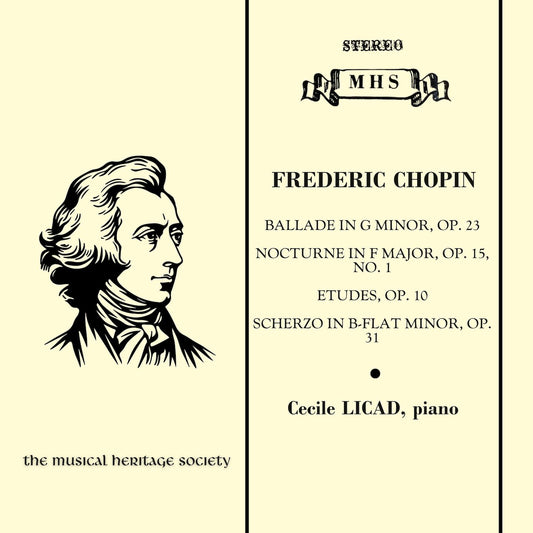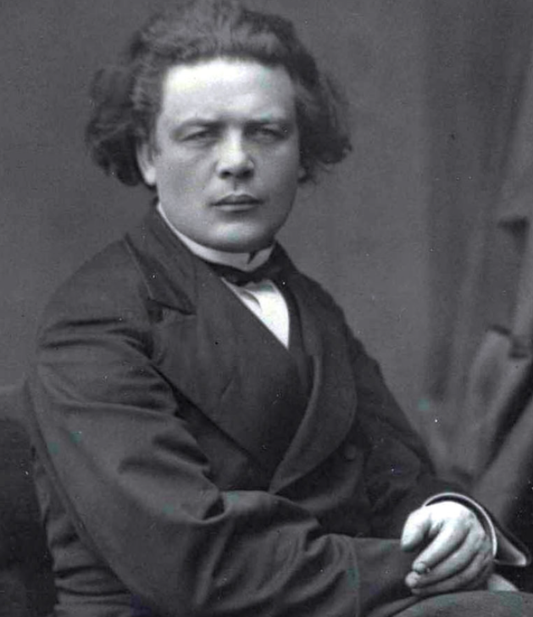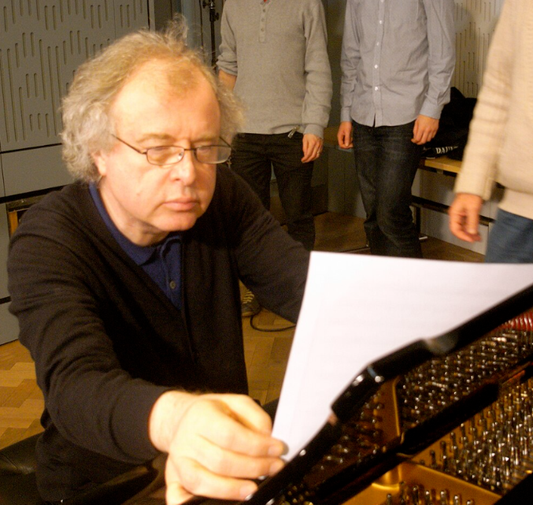Collection: FREDERIC CHOPIN (1810 – 1849)
Frédéric François Chopin (born Fryderyk Franciszek Chopin; 1 March 1810 – 17 October 1849) remains one of history's most beloved and influential composers, revered as the "Poet of the Piano." Born near Warsaw in the Duchy of Warsaw (now Poland) to a French father and Polish mother, Chopin's prodigious musical talent emerged early. By the age of seven, he was already performing public concerts and composing his first pieces, drawing comparisons to Mozart. His early education in Warsaw, notably under Józef Elsner at the Warsaw Conservatory, grounded him in classical tradition while nurturing his burgeoning originality.
Poland, its culture, and its folk music deeply shaped Chopin's identity and art. His early works, including his two piano concertos and numerous Polonaises and Mazurkas, brim with youthful brilliance and patriotic fervor. The Mazurka, a Polish folk dance, became a lifelong vehicle for his most personal and innovative expressions, capturing the subtle rhythms and melancholic spirit (żal) of his homeland.
In 1830, Chopin left Poland, intending to travel and broaden his horizons. Shortly after his departure, the November Uprising against Russian rule broke out. Its eventual failure deeply affected Chopin and meant he would never return to his native land. After a brief, somewhat unsuccessful stint in Vienna, he settled in Paris in September 1831. Paris, then the vibrant cultural heart of Europe, became his home for the rest of his life.
Chopin quickly integrated into the elite artistic and aristocratic circles of Paris. He found his niche not in large public concert halls, which he disliked and largely avoided, but in the intimate atmosphere of salons. Here, his refined, nuanced playing and exquisite compositions captivated audiences. He became a sought-after piano teacher, commanding high fees from wealthy students, which provided his primary income. His circle included luminaries like Franz Liszt, Hector Berlioz, Eugène Delacroix, and the writer George Sand (Aurore Dudevant).
His relationship with George Sand, beginning in 1838 and lasting nearly a decade, was a significant period, both personally and creatively. Though often turbulent, including a disastrous winter stay in Majorca that severely damaged Chopin's already frail health, these years saw the creation of many of his mature masterpieces, including numerous Nocturnes, Ballades, Scherzos, and the Preludes, Op. 28.
Chopin's compositional output is unique in its near-exclusive focus on the piano. He revolutionized piano technique and explored the instrument's expressive capabilities like never before. His music is characterized by its lyrical, singing melodies (cantabile), sophisticated and often daring harmonies, intricate ornamentation, and the subtle use of tempo fluctuation known as rubato. While his Études pushed the boundaries of piano technique, they were always imbued with profound musicality. His Waltzes captured Parisian elegance, while his Polonaises often evoked the heroic grandeur of Poland. The Nocturnes explored shades of intimacy and melancholy, and the Ballades and Scherzos unfolded dramatic narratives in purely musical terms.
Throughout his adult life, Chopin suffered from poor health, likely tuberculosis. His physical frailty contrasted sharply with the emotional intensity and technical brilliance of his music. Following his difficult breakup with George Sand in 1847 and an exhausting tour of England and Scotland in 1848, his health rapidly declined.
Frédéric Chopin died in Paris on October 17, 1849, at the young age of 39. His funeral at the Madeleine Church included Mozart's Requiem, and he was buried at Père Lachaise Cemetery. True to his lifelong connection to his homeland, his heart was removed, preserved, and later interred in a pillar at the Holy Cross Church in Warsaw.
Chopin left an indelible mark on music. He elevated forms like the Nocturne, Mazurka, and Polonaise to high art, created intensely personal and technically demanding works that remain cornerstones of the piano repertoire, and profoundly influenced subsequent generations of composers. His music continues to resonate with audiences worldwide for its emotional depth, exquisite craftsmanship, and timeless beauty.







